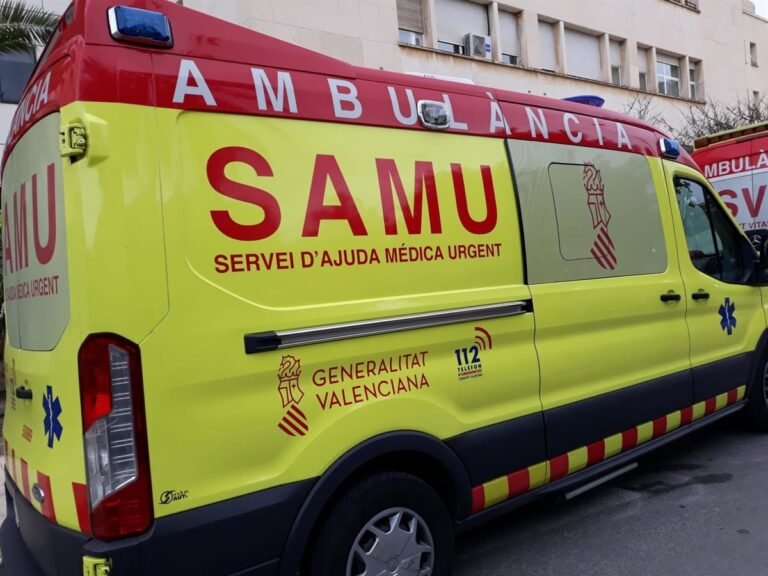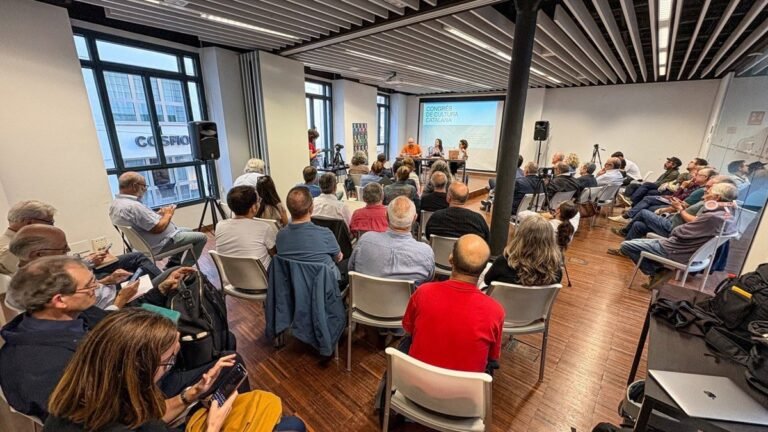
• Cleaning works in L’Albufera de València.
The Delegation of Devesa-Albufera has enabled three collection areas and recovered four accesses with the priority of protecting the lake
The flood on October 29th left a critical scenario in L’Albufera: tons of plastic waste, plant material, and dangerous debris flooded a protected natural area. This Wednesday, thanks to a coordinated, determined, and unprecedented action, 2,475 tons of waste have been removed. Of these, 2,410 correspond to plant material and 65 to plastic and urban waste, as reported by the councilor delegated for Devesa-Albufera, José Gosálbez. «We are not talking about promises, we are talking about facts. We are not talking about intentions, we are talking about results. Our goal was clear: to respond to an environmental emergency without excuses, without delays, and with all available means,» said Gosálbez.
The cleaning has progressed on two simultaneous fronts:
– From the lake, with amphibious machinery, boats, and dragging pontoons, grouping waste and moving them to the shores.
– From the land, with heavy machinery, adapting accesses and plots to evacuate waste to the collection areas.
This connection between both fronts was achieved in January, which significantly accelerated the work in February.
Three intermediate collection areas – Puerto de Catarroja, Adela, and Campo de Tiro de Silla – have been enabled, each with over 2,000 m², completely waterproofed and equipped with screening, zoning, and separation by types of waste. At the same time, four accesses have been recovered and adapted.
From the land, heavy machinery has been used to adapt accesses and plots to evacuate waste to the collection areas. This connection between both fronts was achieved in January, significantly speeding up the work in February.
Prepared infrastructure, defined strategy
Three intermediate collection areas – Puerto de Catarroja, Adela, and Campo de Tiro de Silla – have been enabled, each with over 2,000 m², completely waterproofed and equipped with screening, zoning, and separation by types of waste. At the same time, four rural accesses have been recovered and adapted, even lowering the water level in adjacent crops. «We have not limited ourselves to collecting. We have structured a complete operation, with technical criteria, logistical efficiency, and environmental control,» explained the councilor.
During the month of March, performance was affected by three main causes:
– Adverse weather conditions, with several days of intense rain that forced the suspension of tasks for safety reasons.
– Shortage of operational boats, as the conditions of the lake – with very complicated navigation areas – caused multiple breakdowns that limited available resources.
– Accesses more deteriorated than expected, which required additional machinery interventions and the execution of works not included in the initial planning.
As the councilor emphasized, «it has not been a delay. It has been a responsible adaptation to the real conditions of the terrain. We have reinforced resources, rescheduled tasks, and continue to advance without pause.» Therefore, the deadline has been extended until May 30th, with the expectation that work on the lake will be completed by mid-April.
From problem to opportunity: turning waste into resources
The City of València is working on R&D&I projects for the reuse of extracted waste. In the first phase, 50 kg of mixed samples have been collected to analyze their viability as raw material for urban furniture.
«We transform the emergency into an opportunity. Where others only see waste, we see resources. Where others talk about excuses, we activate solutions,» concluded José Gosálbez.
FUENTE



